Being out of sight for most of us, the subterranean world is a mysterious place that has always captured our imagination. Caves have featured in human folklore since the earliest times. However few stories are as surprising or exciting as the discoveries that are being made by the field of biospeleology which focuses on the creatures that inhabit them.
A special environment
From the United States to Mexico, South Africa to Vietnam, caves have developed their fascinating designs across the entire world. They are the result of processes that in some cases, have taken millions of years to form and now stand as not only an insight into geological functions but serve as an important ecosystem to various, and often unusual organisms.
In Slovenia, the Postojna cave system, although it is the second biggest in the country, it is effectively the home of the field of biospeleology as well as the region where the etymology of the word “karst” can be traced to. Through its 24-kilometre underground passages and caverns (as old as three million years) impressive geological creations developed that home over 150 different types of fauna.
Karst caves, the most common type, form through the gradual dissolution of limestone or dolomite bedrock caused by running water over thousands of years. The chambers and tunnels that result are characterised by environmental conditions that are nothing like those of the above ground world which they are so close to. Low light or complete darkness and a dearth of nutrients makes them seem rather inhospitable to life. However, even in these obscure corners of our planet, there are lifeforms such as the elusive olm 'dragon' that live and thrive.
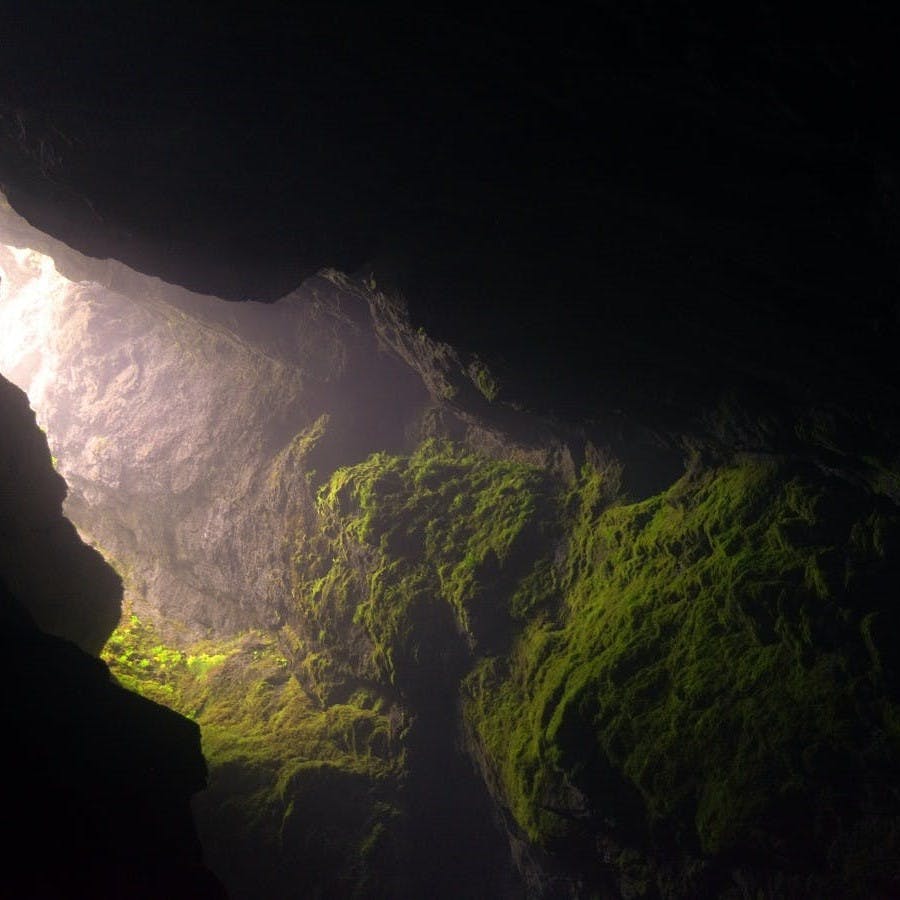
An evolutionary experiment in bizarreness
If there is one feature that many cave-dwelling animals seem to share it is that they are utterly bizarre to the human eye. This is particularly true for troglobites which are the species that are strictly bound to underground habitats. Millions of years of evolution in this unique environment led to stunning and strange adaptations. Species that once saw daylight have lost many anatomical features. Eyes and skin pigment are of little use in the pitch black so there is nothing preventing the genes behind them from being lost from the population.
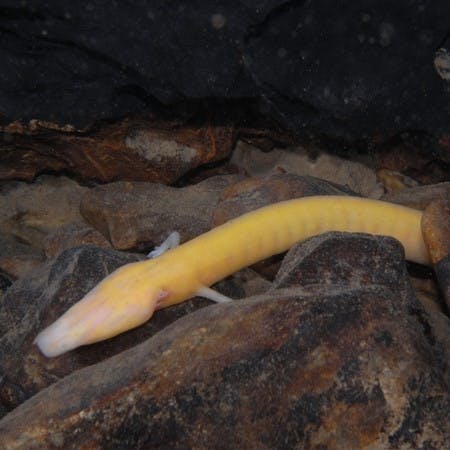

Take action now
Do you want to have a direct impact on climate change? Sir David Attenborough said the best thing we can do is to rewild the planet. So we run reforestation and rewilding programs across the globe to restore wild ecosystems and capture carbon.
Get involvedThe olm salamander
The olm, Proteus anguinus, is one of the most peculiar troglobites we know of and is also one of the most well studied. The first records of the olm salamander come from 1689 in present-day Slovenia when a naturalist called Valvasor found them washing up from underground waters after heavy rains. The local people believed them to be the babies of a cave dragon which is understandable given their appearance.
With a slender body of up to 40 cm the olm salamander swims with an eel-like motion through the well oxygenated underground water it inhabits. Unlike many other salamanders the olm has remained aquatic and relies on external gills to breathe. Generations of natural selection in the dark left the olm salamander blind with underdeveloped and skin-covered eyes. To hunt the crustaceans, insects and snails that make up its diet it relies instead on an acute sense of smell and sound, an ability to sense weak electrical signals and even magnetic fields. Surprisingly though, olms can survive without eating for an entire decade, a feat that seems useful given that food in these caves can often become scarce. The average lifespan of an olm is estimated to be 58 years and it is thought that some individuals may survive for a century or more. This makes this species a complete outlier in the animal world because it lives much longer than expected for its body size.
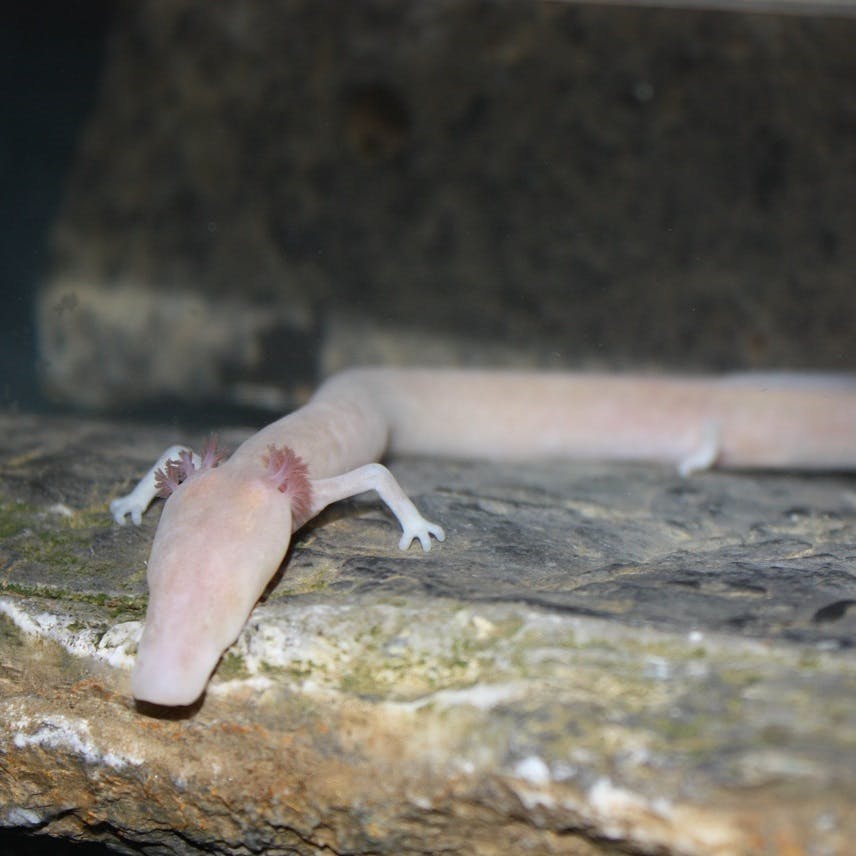
New Zealand gloworms
The glowworms of New Zealand, Arachnocampa luminosa, are another fascinating cave dweller. They are not actually worms but fungus-eating flies that have a peculiar hunting strategy during their larval stage. After hatching, the larvae find a good spot on the cave walls from which to hunt. They secrete several threads of sticky web that hang from the ceiling. Each worm is equipped with a specialised organ that uses a chemical reaction to generate blue light. Small flying insects are attracted to the light and are then trapped by the sticky threads. The larvae then start to consume the thread thus pulling the trapped insects and essentially “fishing” them upwards before eating them alive. In caves where glowworms are common, the walls can be seen glowing with dots of blue – a spectacular and strange sight indeed.
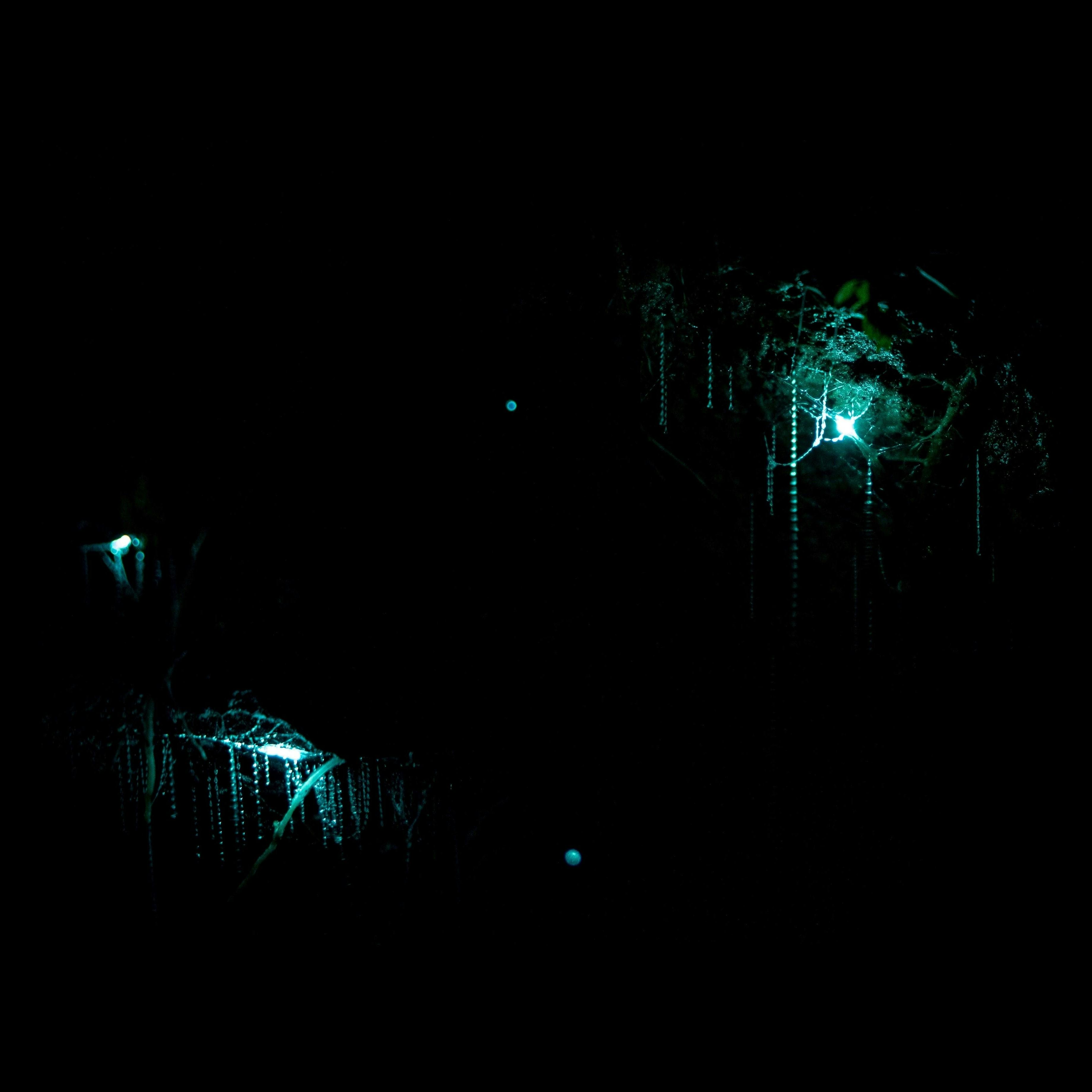
Bats
Describing cave life without mentioning bats would be to miss an important part of the puzzle of many subterranean ecosystems. There are about 1400 bat species around the world many of which rely on the stability and protection of subterranean environments. Some species form roosts numbering in the millions. At dusk, they leave their caves to search for food in a spectacular show that has become a tourist attraction in many parts of the world. Some species feed on insects, thus controlling their populations, others are fruit-eaters and play a role in dispersing plant seeds, and some have an important pollinator function as they move around feeding on nectar.
When bats return to the caves and drop their guano (bat faeces) they are serving another important ecological function. They are bringing nutrients from the outside world to places where the absence of light prevents plants that form the base of the food chain elsewhere can’t grow. The guano provides energy for a community of insects, spiders and crustaceans uniquely adapted to take advantage of this cave resource.
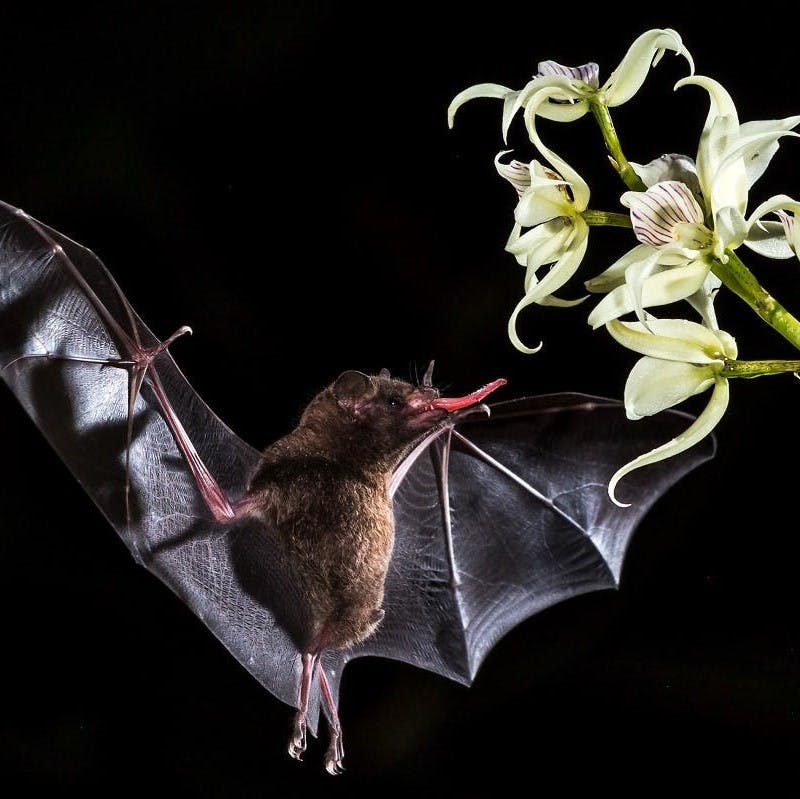
Threats and conservation
Being out of sight and often hard to access, we may expect cave ecosystems to be relatively safe from the havoc that human influence is causing in other natural places. Unfortunately, this is often far from the truth. Urban pollution and garbage dumps can contaminate karstic springs and sinkholes which feed water to caves without anyone realising. The olm, for example, is very sensitive to water contamination and this is one of the issues that has to be addressed in its native range in Southeastern Europe. In certain areas, deforestation aboveground can affect water quality belowground as the filtration properties of the soil are altered. In other cases, dams may completely alter the course of rivers and the way in which they flow underground into caves thus altering their chemistry.
When humans visit caves, or modify them in any way, they also threaten this unique ecosystem. The light, noise and structural modification of many “tourist” caves renders the environment unsuitable for creatures which have adapted to a completely different environment. Even caves that have not been modified to accommodate human visitors are threatened by cavers if they are not careful. Groups such as the British Caving Association have come up with specific guidelines to help cavers explore without causing damage.
Many cave dwellers have a very restricted range and some species exist only in a single cave. This high rate of local endemism means that damage to a single cave system could wipe out a species from the face of the earth. Given that so much of the subterranean world is yet to be explored, chances are that species are being lost in this way before even being described by science.
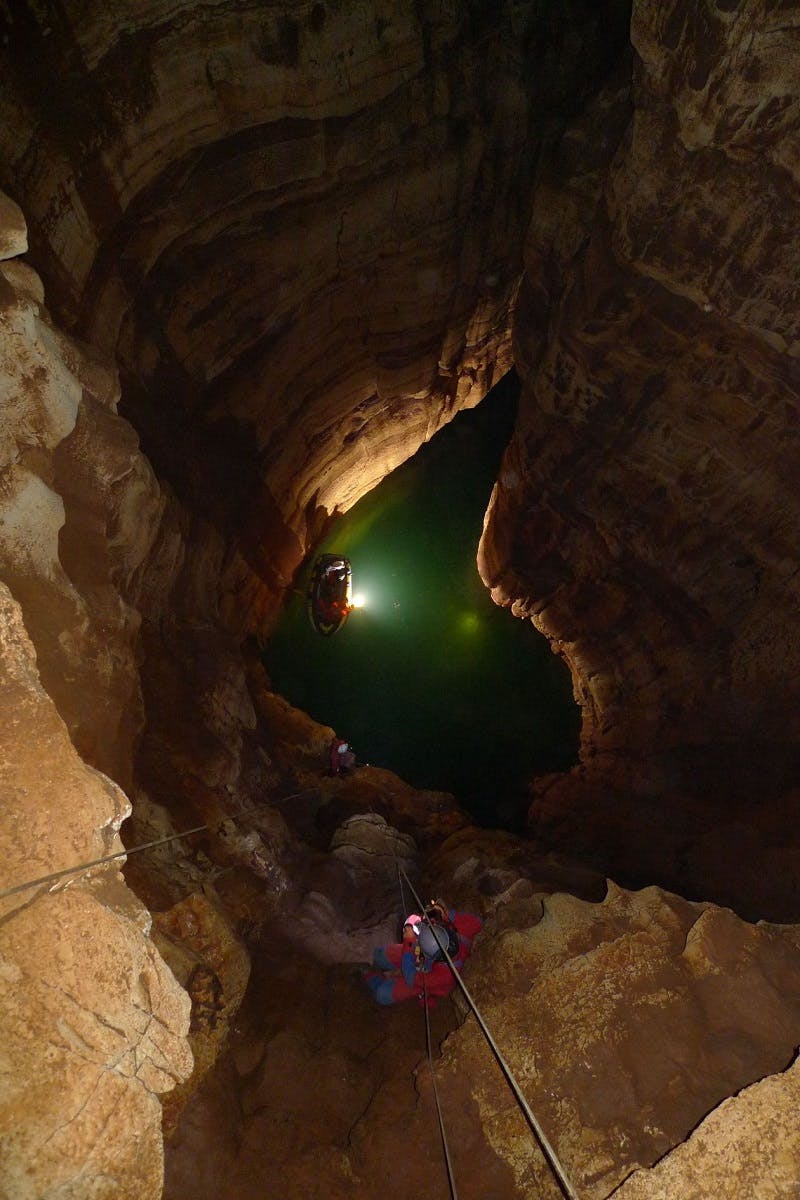
On a mission to help forgotten species and their ecosystems
At Mossy Earth we believe that pristine nature not only provides us with useful services and great enjoyment but that it is valuable in and of itself. One way this translates into concrete work is through our ugly ones' programme which is specifically dedicated to the conservation of threatened species that are considered to be uncharismatic, boring or even “ugly”. Strange and hidden, cave creatures such as the olm are great candidates for this slightly unconventional but urgently needed work. You can expect more news from us about the mysteries of the amazing world under our feet!
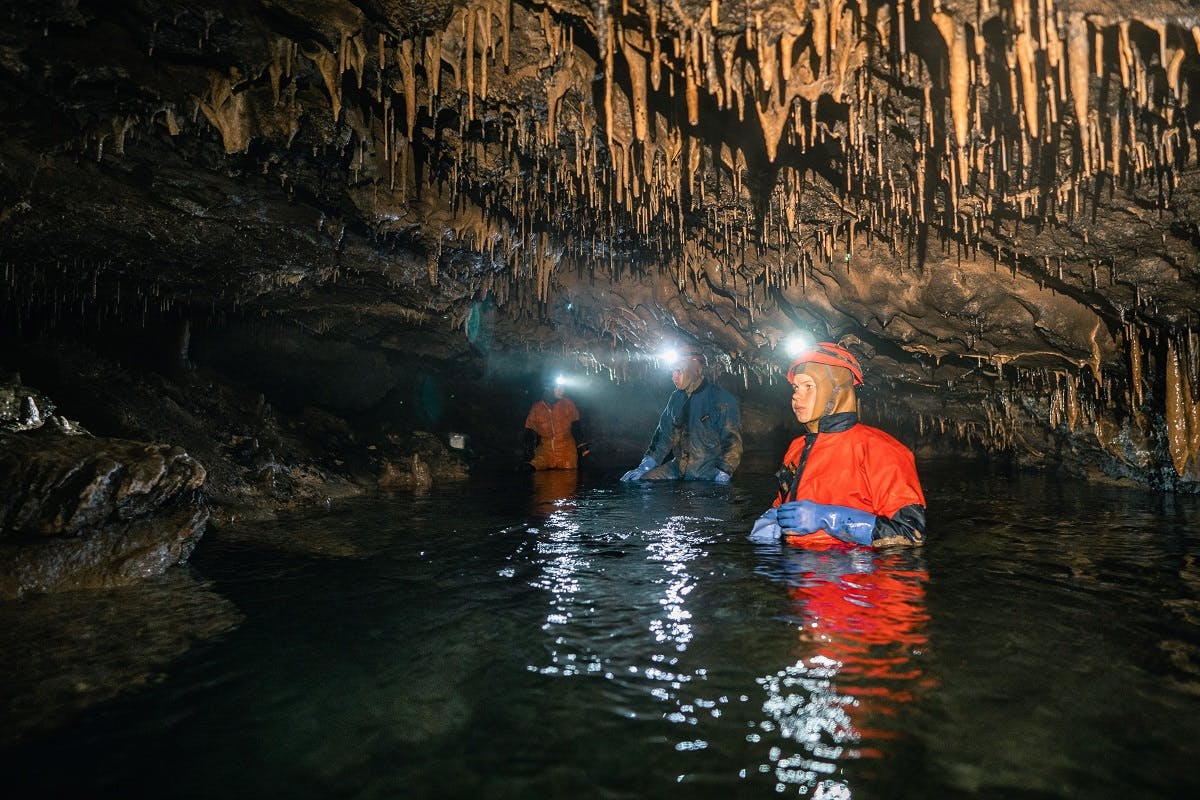
Glossary of terms
Adaptations: In an evolutionary sense, this is the direct result of evolution and natural selection, where animals become adapted to their environments by means of changes to their behaviour or physically to their body.
Bedrock: The type of solid rock that rests underneath loose substances such as sand, gravel, earth or indeed the ocean. It is formed through intense heat and pressure when many varying shapes and sizes of rock are fused together. Bedrock can descend for hundreds of meters beneath the ground.
Biospeleology: It is also referred to as “cave biology”, the study dedicated to learning about and understanding the types of animals that’s have evolved and adapted to life in caves.
Natural Selection: The theory first described by Charles Darwin and Alfred Russel Wallace, which suggests that genetic traits of animals are selected and passed on to their offspring, in order to give them the best opportunity of survival. Each animal is slightly different in their genetic code which constantly change with each generation. Through natural selection, those who’s genetics have adapted best to their environment will have better opportunity to feed and/or mate, produce more offspring who carry on the successful traits.
Subterranean Ecosystems: These are unique underground communities of organisms such as plants, animals and fungi. All of the organisms involved have specifically evolved together, and to their cave setting, relying on each other to support the ecosystem.
Sources & further reading

- “Conservation Ecology of Cave Bats” - Neil M. FureyEmail & Paul A. Racey
- “British Caving Association - minimal impact caving guidelines” -
